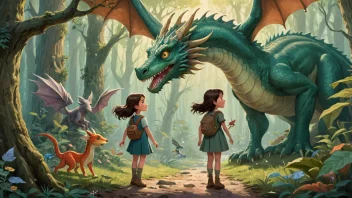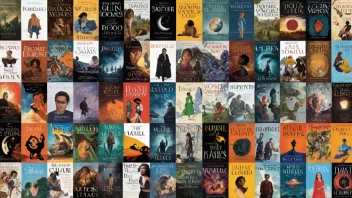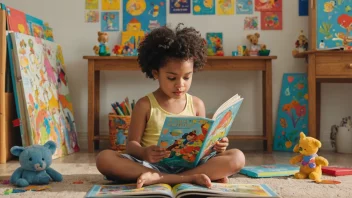Creating interactive reading experiences for children can transform the way they engage with books, fostering a love for literature that lasts a lifetime. These experiences not only make reading enjoyable but also enhance comprehension and critical thinking skills. Below are five unique ways to create interactive reading experiences that captivate young readers and encourage them to dive deeper into the world of literature.
1. Story Walks
One innovative way to make reading interactive is by organizing a story walk. This involves taking a children's storybook and displaying its pages along a walking path or in a park. As children walk from one page to the next, they can read the story in sequence while enjoying the outdoors. This method promotes physical activity, encourages observation of the environment, and makes the reading experience more memorable. To implement a story walk, consider these steps:
- Select an engaging picture book with vibrant illustrations.
- Print and laminate pages of the book.
- Set up the pages along a designated path or area.
- Encourage children to read aloud as they walk.
2. Dramatic Read-Alouds
Dramatic read-alouds can ignite a child's imagination and bring stories to life. This technique involves reading a book with expressive voices, sound effects, and gestures. By adding drama to the reading session, children become more engaged in the story. Here are some tips for conducting dramatic read-alouds:
- Choose books with exciting plots and vivid characters.
- Use different voices for each character to capture attention.
- Incorporate props or costumes to enhance the storytelling.
- Encourage children to act out parts of the story together.
3. Interactive Book Clubs
Creating a book club tailored for children can provide a platform for interactive discussion and exploration of different literary themes. Book clubs can encourage children to share their thoughts, ask questions, and engage in creative activities related to the books they read. To set up a successful interactive book club, consider these steps:
- Select a theme or genre for each month to focus discussions.
- Assign age-appropriate books that spark interest.
- Include fun activities like drawing characters, writing alternate endings, or acting out scenes.
- Facilitate discussions that allow children to express their opinions and thoughts.
4. Creative Storytelling Apps
In the digital age, incorporating technology into reading experiences is essential. Numerous storytelling apps allow children to create their own stories, complete with illustrations and sound effects. These interactive platforms provide a unique way for children to engage with literature creatively. Consider recommending these types of apps:
- Apps that allow children to write their own endings to classic stories.
- Platforms that enable kids to create picture books with their illustrations.
- Interactive storytelling apps that provide prompts and guidance for budding authors.
5. Book-Themed Crafts
Combining arts and crafts with reading can help solidify the concepts and themes of a story. After reading a book, engage children in a related craft activity that reinforces the story's message. This hands-on approach can make the reading experience more tangible. Here are some craft ideas:
- Create character masks based on the book's protagonists.
- Design a diorama representing key scenes from the story.
- Make bookmarks featuring quotes or illustrations from the book.
- Encourage children to write their own short stories and illustrate them.






